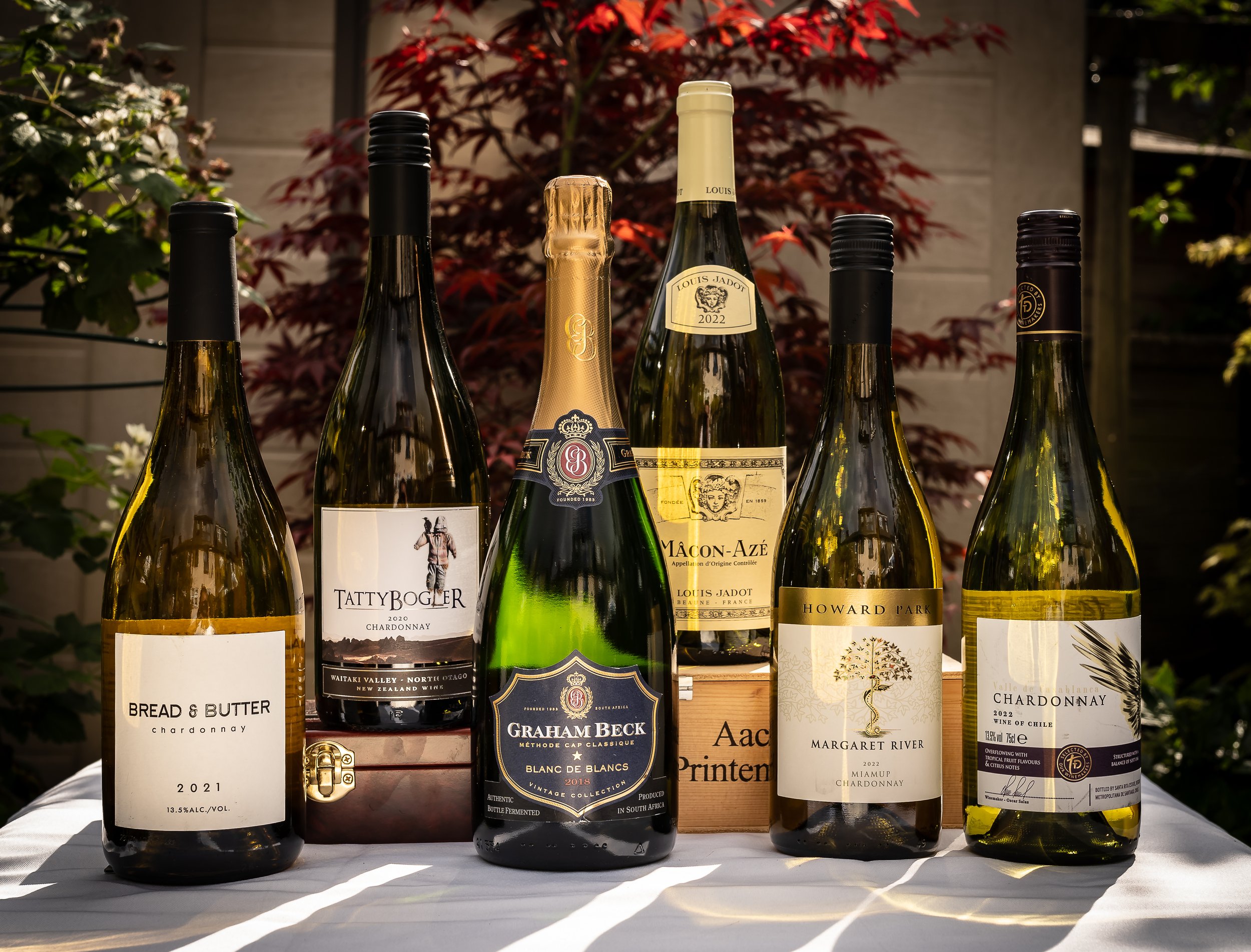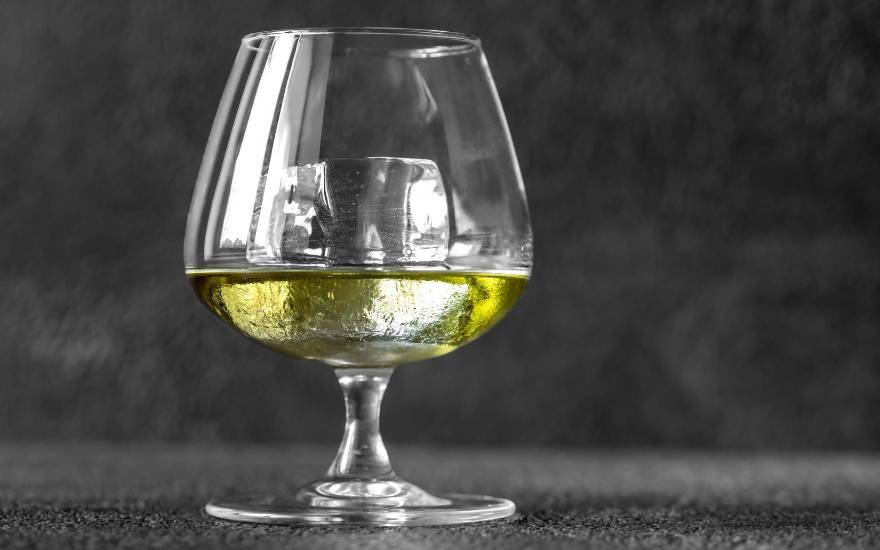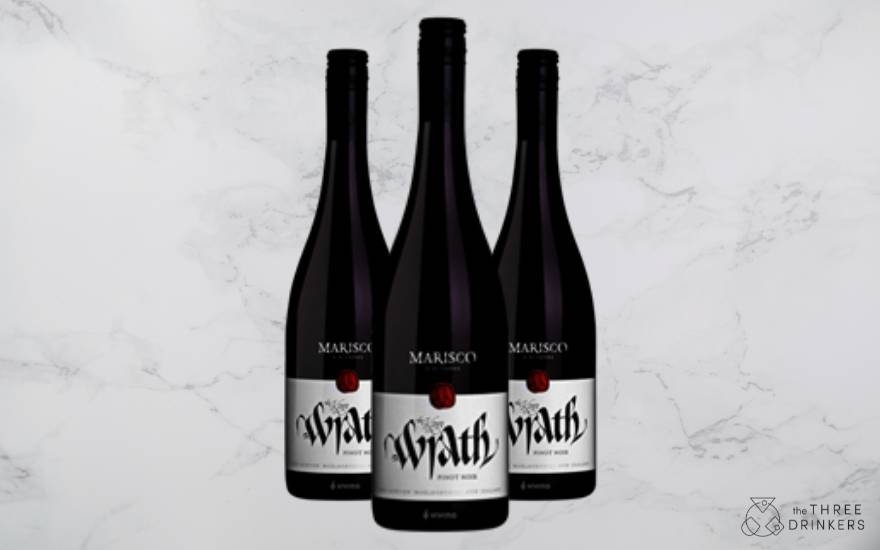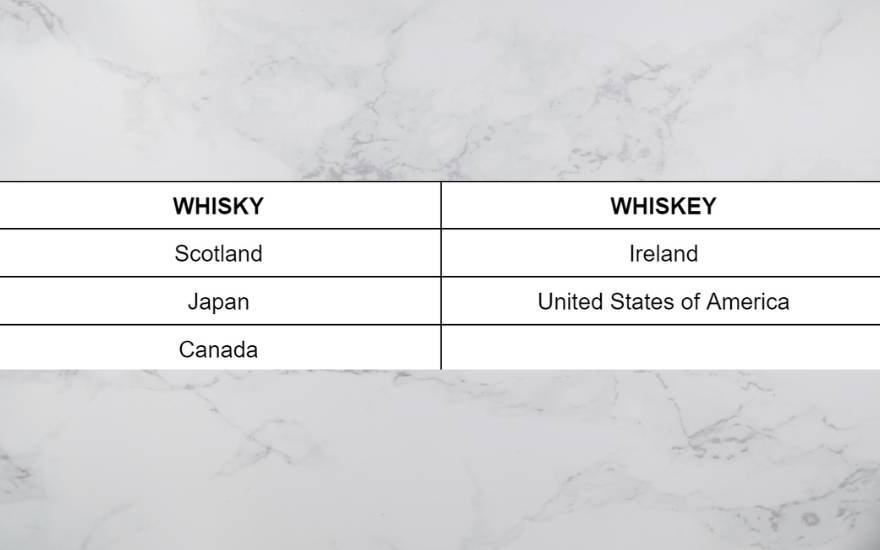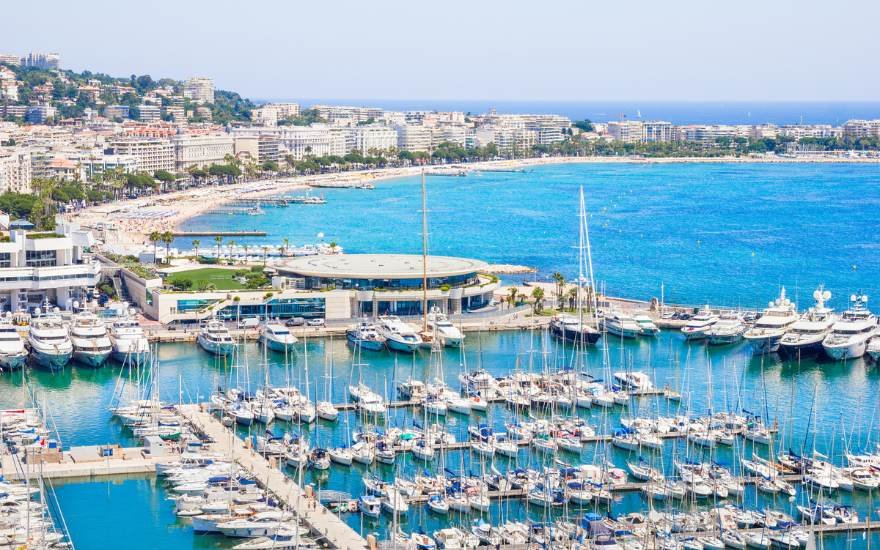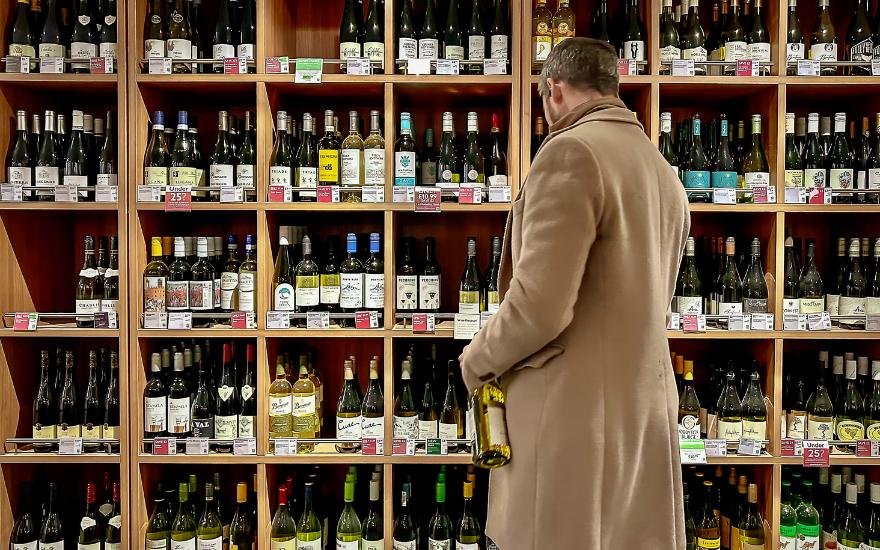Aromatised wines have ancient roots that date back thousands of years. In hunter-gatherer societies, wine-like drinks were infused with botanicals for rituals, ceremonies and medicinal purposes. In Ancient Rome, wine was mixed with water and spiked with herbs and spices. The Romans initially aromatised lesser quality wines to make them more palatable and we know drinking aided their digestion. Intriguing flavours with medicinal properties derived from nature were considered both beneficial and enjoyable to drink.
Today, our modern aromatised wines are important in bar and cocktail culture and, of course, every home bar should have some in stock (preferably chilling in the fridge) in readiness for that drinker who always appreciates a more sensory flavour experience.
Not suited to all tastes, bitter-sweet drinks are enjoyed by many people, especially those who enjoy dark chocolate. And just like chocolate, sweetness falls on a spectrum. If you’re a home bartender you never know when a sudden desire for a Manhattan, Negroni or Martini might strike in one of your guests. Like every good Boy Scout or Girl Guide, being prepared is imperative.
WHAT’S THE DIFFERENCE BETWEEN FORTIFIED WINES AND AROMATISED WINES?
Whenever wine has neutral distilled alcohol added, it is fortified, i.e it’s been strengthened. The biggest players in fortified wines are Port, Sherry and Marsala. But none of these regional tipples (from Portugal, Spain and Sicily respectively) are considered ‘aromatised’ wines. They are simply wines with higher ABV.
Aromatised wines belong under the same family umbrella as fortified wines because of the alcohol added. ABV is typically between 14.5% and 22%. What differentiates this sub-category is the addition of aromatic botanicals. The wine becomes more complex with the addition of spices, herbs, roots, flowers, leaves and fruit. Bitter botanicals are characteristic, so to balance the bitterness, aromatised wine is typically sweetened, either with sugar or caramel colouring which can deepen the liquid’s colour as well as adding sweetness to the mix.
So the difference is - fortified wines have neutral alcohol added but no herbs or spices. Aromatised wines have neutral alcohol added and aromatic botanicals, sometimes sugar. Some brands use mistelle as an ingredient for sweetness which is a blend of slightly fermented white grape wine to which brandy has been added too.
BOTANICALS & DIFFERENT VARIETIES
The principal botanicals used in aromatic wines are bitter herbs: wormwood, quinine and gentian. The three main types of aromatised wine are Vermouth (wormwood), Quinquina or Chinato (quinine/cinchona) and Americano (wormwood and gentian). Vermouth far outweighs the other varieties in worldwide popularity because of its use as a staple in many popular cocktails so that’s what this article focuses on. The most famous Quinquina is Dubonnet, an aromatised French red wine often enjoyed as an aperitif. Americano is an Italian aperitif which can be an aromatised version of Bianco or Rosa wine.
Other botanicals used in the making of aromatised wines are ones you may recognise from gin production - think exotic spices such as cardamom, cloves, and cinnamon. Citrus peels, roots, flowers, and barks may also be used, adding layers of nuance and complexity to the wine's flavour profile. Each ingredient contributes its character to the final blend.
VERMOUTH
The king of all aromatised wines, the name Vermouth comes from the German word for the intensely bitter herb, wormwood—vermut.
Strict rules exist around how it’s made and what counts as Vermouth:
The first rule is one of the flavourings must be wormwood (Artemisia absinthium).
The plant’s weedy, eucalyptus, intensely herbaceous character attacks both the front and back palate which means that infusing wine with wormwood in any meaningful quantity imparts great herbaceousness and a bitter undertone. Wormwood has been used for centuries as an anti-inflammatory medicine to reduce swelling and pain in joints and muscles, to aid digestion, and to treat skin infections and intestinal worms, hence its curious name. Wormwood is also a known ingredient in absinthe. The taste is extremely bitter but this can be sweetened.
The second rule for Vermouth is that there should be a minimum wine content of 75%. So, three quarters wine and a helping of wormwood and you’re well on the way to making Vermouth!
French and Italian Vermouth Origins
Traditionally Dry Vermouth was seen as the French style, while Sweet Vermouth was Italian. Although contemporary innovations have now blurred these distinctions, it’s good to recognise the origins. If you see Vermouth di Torino on a bottle label it means the liquid originates from Piedmont, the region of Italy around Turin, where Vermouth was first made. So as a rule of thumb, if Torino is on the label, you can expect it to be something pretty special.
Today, modern Vermouths come from several worldwide wine-growing regions, not just France and Italy. Producers are permitted to use the name Vermouth as long as they adhere to the above rules.
Colour and sweetness range across the full bitterness/sweetness spectrum, going from the light-coloured Extra Dry to Dry to Bianco/Blanco to Rosé/Rosata and finally Sweet (red) Vermouth. The first three of those are typically made from white wine but so too can rosé and sweet vermouth be made from white grapes. The final liquid that’s bottled doesn’t necessarily reflect the colour of the grapes the wine originated as, because caramel colouring is often added to white wine to create the red-coloured Sweet Vermouths. Here’s the spectrum from driest to sweetest:
1. Extra Dry Vermouth: The appearance of this is clear, the colour is pale lemon, and it tastes very dry with just a hint of flowers. Great for extra dry martinis. See La Copa Extra Seco, the Spanish Vermouth below.
2. Dry Vermouth: More of a pale gold hue, this is a bit sweeter, spicier and has more herbal complexity than its extra dry counterpart. Shines in a martini or just sip this one neat (chilled) or over ice. The well-loved brand below is Noilly Prat Original Dry Vermouth de France.
3. Bianco/Blanco Vermouth: This one is medium lemon or gold in colour, tastes more tart and light and a bit like sweet vermouth but with a tangy citrus brightness. It's nice to sip alone or mix with soda or tonic. See the Argentinian Blanco Vermouth from La Fuerza below.
4. Rosé/Rosata Vermouth: Made with white or rosé wine to give it a naturally pretty pink colour, this Vermouth often bears a mix of sweet and bitter citrus and floral notes. You can sip it alone or mix it with soda or tonic.
5. Sweet Vermouths: Colour is typically red and intensity can vary from medium amber to deep red. Made from any wine, they often have caramel added to deepen the colour and balance the bitterness of the wormwood with sweetness. A smooth, sweet, mouth-filling texture with some complexity coming from spicy botanicals. Sweet Vermouths are famously used in cocktails like the Manhattan, Negroni and the Negroni’s lighter, drier cousin the Gin & It. Cocchi VdT is ideal for this cocktail which would work well with lighter citrus or herbal gins.
HOW TO SERVE VERMOUTH
Vermouth is an enjoyable drink you can sip slowly, either by itself or with ice and a slice of citrus or an olive. When you want something with flavour but not too much alcohol it’s a great choice. “Martini and Lemonade” or “Cinzano and Lemonade” was a popular choice for ladies in the 1970s, “with ice and a slice”. For a lighter option, mix vermouth with Indian tonic water and you’ve got a refreshing, uplifting beverage for ladylike sipping.
Vermouth isn't just for sipping as the main alcohol in the glass—it's an important ingredient in famous cocktails like the Martini, Negroni, Manhattan, and Martinez. If you like making cocktails at home, make sure you have different bottles of vermouth at the ready.
But don’t leave them on the shelf or stashed at the back of your drinks cabinet—because they don’t keep. While the elevated alcohol and sugar help to preserve vermouth longer than wine, once you open the bottle, it starts to oxidise and change, so keep bottles chilling in the fridge, ideally sealed with a vacuum stopper.
THE BEST DRY VERMOUTHS FOR A MARTINI
Vermouth tends to pair well with just about any spirit but its most famous partner in crime is gin to which it brings balance and nuanced flavours in the form of a Classic Martini - botanical bliss.
EXTRA DRY: La Copa Extra Seco (Spain)
Extra dry vermouth contains the least amount of sugar out of all the Vermouths. Spain popularised Vermut. Using a base of Fino sherry, this extra dry Vermouth is built around the Gonzalez Byass original 1896 ‘French Vermouth’ recipe. It has herbaceous and citrus aromas with a distinctive dry savoury character. Red fruits have been added to enhance the balsamic notes to give this a long, salty finish. Ideal for an equal parts Classic Martini (aka ‘Wet’ Martini) when extra dry is called for. If you like a Dirty Martini, this is one to try. Add an olive for garnish and a splash of brine.
Size: 750ml
ABV: 17%
Find here: £18.49
DRY: Noilly Prat Original Dry (France)
Made from a selection of the finest white wines with 20 different herbs and spices including aromatic chamomile flower and coriander from Morocco and bitter oranges from Tunisia. Pairs best with seafood such as oysters. This is best served chilled as an aperitif or in a Classic Dry Martini. Garnish “with a twist” of lemon peel.
Size: 750ml
ABV: 18%
Find here: £13
BLANCO: La Fuerza Blanco Vermouth (Argentina)
La Fuerza is an Argentine independent project that creates drink and food experiences with a strong local identity. This is their Blanco ‘Vermouth of The Andes’ crafted in Mendoza with wine made from Malbec and Torrontes grapes. Botanicals are sourced from different parts of the country and wild herbs are harvested from the foothills of the Andes. Notes of mint, wild thyme and sage, rosemary, anise, coriander seeds and chamomile flowers. La Fuerza Blanco goes well in any Martini, whatever your ratios or garnish preference. Alternatively, you may enjoy sipping it alone with ice or add some tonic water and a slice of lemon.
Size: 750ml
ABV: 17%
Find here: £21.99
THE BEST SWEET VERMOUTHS FOR A NEGRONI
Cocchi Storico Vermouth di Torino (Italy)
This iconic Sweet Vermouth from Piedmont, Italy was voted 2020 Top Trending Vermouth and 2020 Best-Selling Vermouth in the World’s 100 Best Bars. Produced using the same recipe Giulio Cocchi created in 1891. It has a remarkably complex flavour with rich, vibrant notes of cocoa, citrus and rhubarb with a balance bitter undertone. For the perfect Negroni, combine equal parts of Cocchi VdT, gin and bitters over ice. Stir and garnish with an orange peel.
Size: 750ml
ABV: 16%
Find here: £20
La Fuerza Rojo Vermouth (Argentina)
Crafted from 100% Malbec, Mendoza-grown grapes and wild herbs harvested from the foothills of the Andes in Argentina. A local and unique Vermouth that is truly the ‘Vermouth of The Andes’. Earthy notes with mace, star anise, dried fruits and spice with notes of peppermint and green tea. Served in a Negroni, the earthy notes really shine.
Size: 750ml
ABV: 17%
Find here: £21.99
Bolney Rosso Vermouth (UK) 50cl 20% ABV £17.00
A delicious, award-winning English Rosso Vermouth from Bolney Estate in rural Mid-Sussex, pioneers of award-winning English wine since 1972. This vermouth has rich sloe and blackcurrant fruit flavours with caramel, eucalyptus and wormwood with faint rosé and elderflower blossom. Rich red colour with herbal and spicy tones. Awarded a gold medal at the 2022 World Vermouth Awards, this is a must-try for a fruitier-tasting red Negroni. Serve with equal parts Amaro, Bolney Gin and Bolney Vermouth over ice and garnish with a slice of candied orange.
Size: 500ml
ABV: 20%
Find here: £17
SOMETHING DIFFERENT TO TRY: ORANGE VERMOUTH
Denbies Orange Solaris is a hugely successful English white wine from one of England’s largest vineyards in Surrey. Made in the style of a red from 100% Solaris grapes, the wine stays on skins for up to five months to give it a unique, bold orangey flavour. At the end of 2023, Denbies released an aromatised version of this innovative wine: English Orange Vermouth made from the second pressings of Orange Solaris wine. There’s a crisp bitterness, apricot hues and a strong citrus character that nods heavily towards freshly peeled tangerines, bergamot, thyme and baked apple. This unique vermouth has bright notes that make a wonderful Orange Negroni. You can also enjoy this served over ice as a spritzer, mixing with equal parts of soda water and Denbies sparkling wine.
How long does vermouth keep once the bottle is opened?
Whichever aromatised wines you decide to try, because of their wine base - which by EU and US law must be a minimum of 75% - these are not spirits so their shelf life is shorter than you may think. Once opened, keep your bottles in the fridge (whether white or red) and ideally use them within a month. If you doubt an aromatised wine’s condition, let your nose be the guide, just as you would with wine.
Viva Vermouth! Happy sipping Vermouth lovers.
By Robbie Jerram








